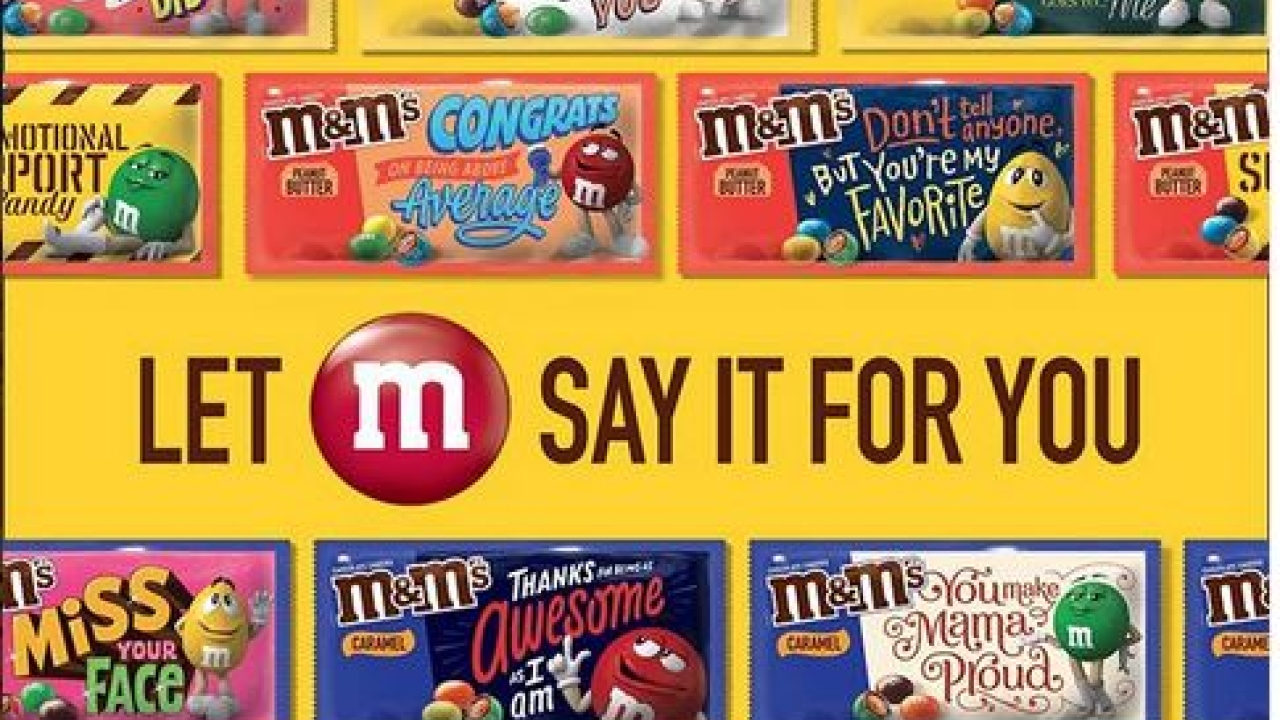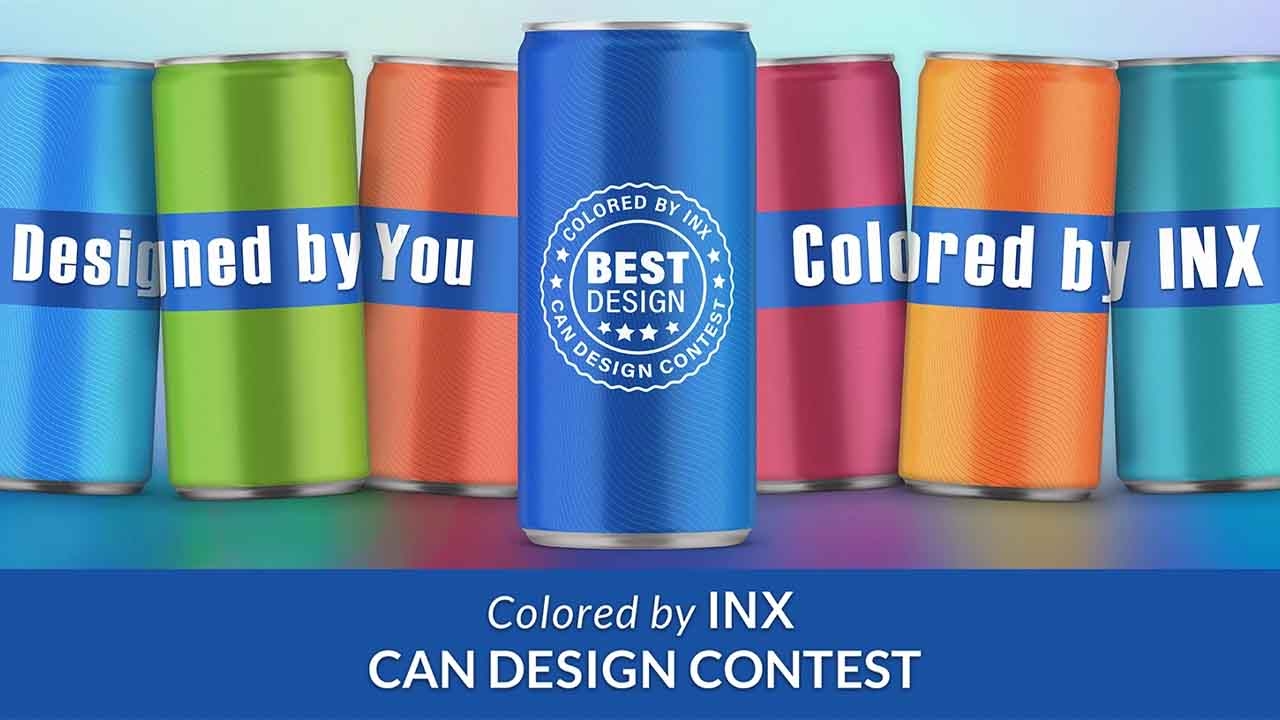Vicki Strull: Brands don’t exist without packaging
People are fickle. Need proof? Just watch the way they consume streaming content or scan social media. Studies show that humans have an attention span of eight seconds. To put that in perspective, goldfish have an attention span of nine seconds. Horses have an attention span of seven seconds. So we are somewhere in between fish and horses.

It stands to reason then, that eight seconds is the amount of time brands have to engage consumers. But what can packaging possibly achieve in eight seconds?
Plenty. And brand owners know it. Particularly at the retail level.
Today’s packaging has the power to create a customer experience so enticing that it drives a purchase – whether on the shelf or online. You might say that brands don’t exist without packaging. (I certainly say that.)
While all brand touchpoints have an important role to play, consumer engagement is the number one driver behind innovative packaging.
As brands continue to have less time and more competition for our attention, it’s clear that digital messaging alone is not going to hold it. Within a multi-channel brand story, packaging is incredibly effective for launching products, building brand loyalty, and creating memorable experiences. Packaging providers have the opportunity to show their clients that power; to be more like consultants by making sure they understand what’s possible.
The vision of versioning
How do brands create that kind of differentiation? With a strategic approach that I call versioning. Versioning exists on a spectrum. On one end is mass production – millions of one. On the other end are single versions – millions of ones. Everything on the spectrum has a specific purpose and relevancy, depending on the desired outcome.
When I share my perspective about the four levels of versioning, it’s a game-changer for my print provider clients, and for the way they talk about print with their clients. The levels of versioning include:
- Random versioning – you don’t know who the purchaser is or where the package is going.
- Affinity versioning – connecting packaging to a specific interest group, demographic, geographical area, or a combination of factors.
- One-of-a-kind versioning -- every single package is unique.
- Personalized packaging – targeted to an individual consumer who may have even designed it.
As an example of random versioning, consider the limited-edition M&M packaging released to coincide with this year’s Oscars. The personalized packages have various messages of love, humor, celebration and more. You can even write your own message. The idea is that certain versions of those packages will appeal to certain consumers. And while you don’t know who they are or how many they buy or how often, the packages are all within the same SKU and share the same brand story – just a slightly different version.
Now is a time of tremendous growth potential for packaging to capture consumers’ attention, engage them in unique and personal ways, increase sales, and build brand loyalty. All in eight seconds.
To continue learning from Vicki’s design strategies on The Four Levels of Versioning, click here. A longer version of this article will appear in Issue 2 of Labels & Labeling.
Vicki Strull is a design strategist and speaker who advises top-tier and emerging brands on how to leverage the power of print and packaging. She consults with print service providers and OEMs to create new revenue streams through print innovations. Vicki shares her strategies at design, packaging, and print conferences and events throughout North America.
Stay up to date
Subscribe to the free Label News newsletter and receive the latest content every week. We'll never share your email address.


